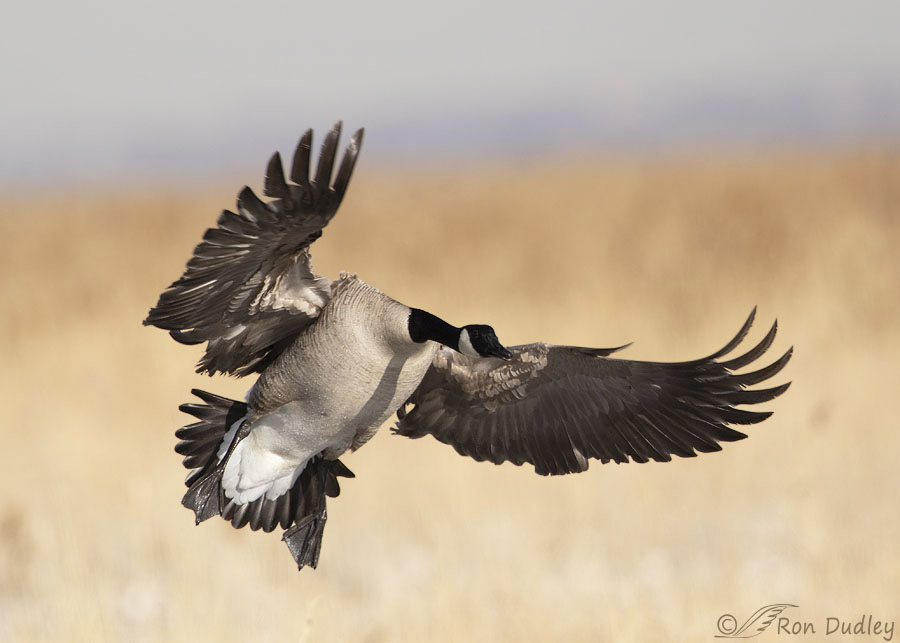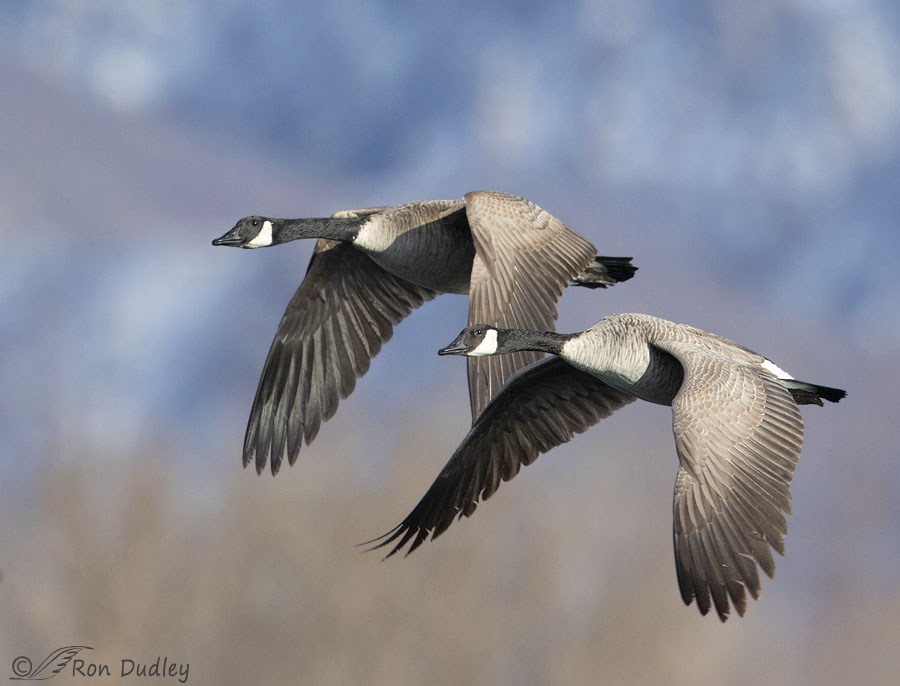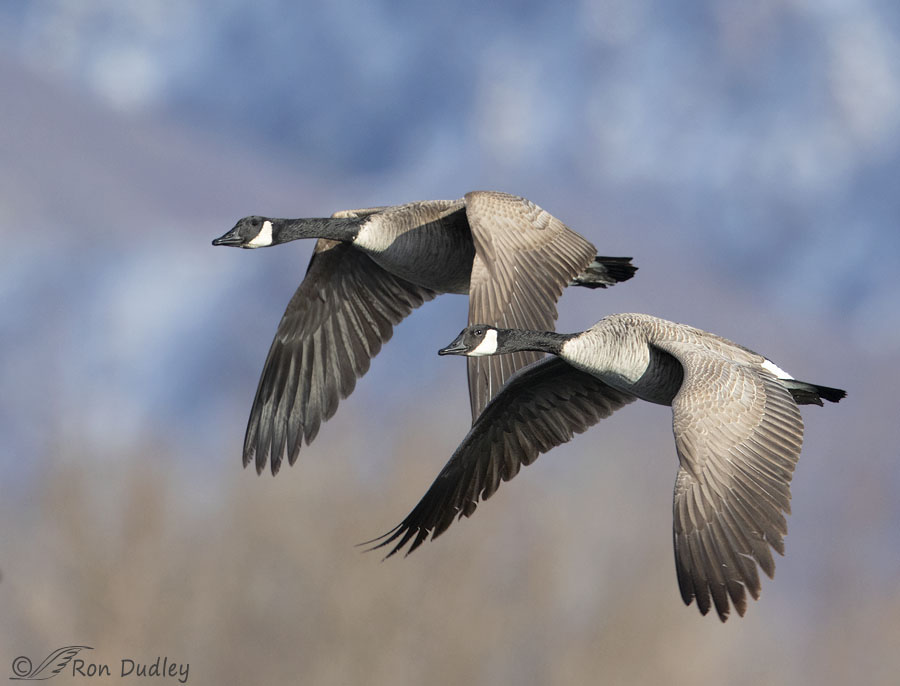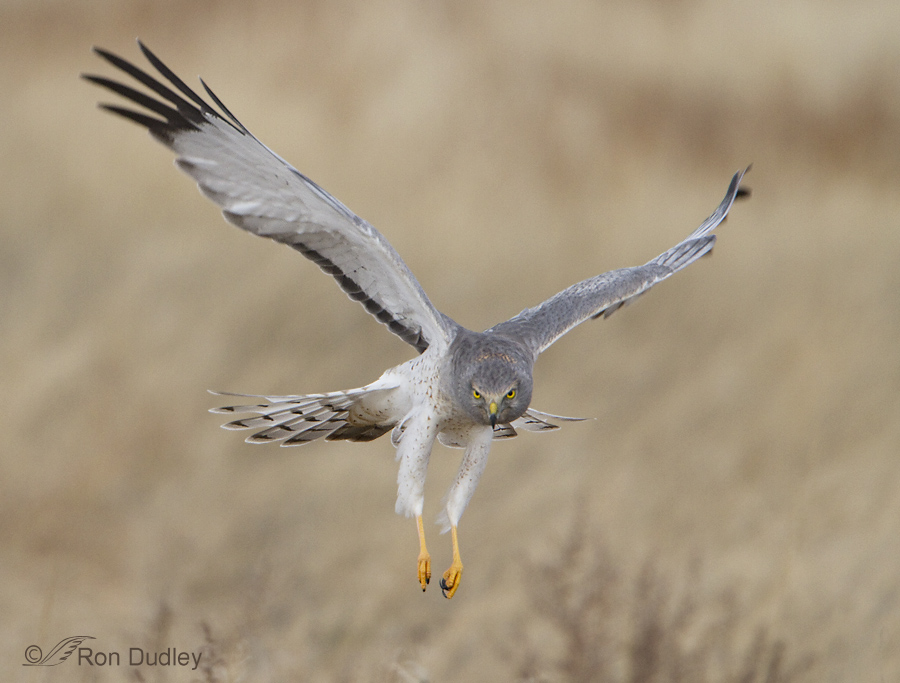Is light in the eye really as essential in photography as it’s cracked up to be? You be the judge.

1/2500, f/6.3, ISO 320, Canon 7D Mark II, Canon EF 500mm f/4L IS II USM + EF 1.4 III Extender, not baited, set up or called in
For me yesterday was a slow day for birds at Farmington Bay WMA. This photo of a landing Canada Goose was one of the few shots I had much hope for when I was loading my images onto my computer. I think it’s a dynamic flight posture, I have good light and detail on most of the bird, the goose is plenty sharp enough and I like the layered background.
But the only way I’ll ever use the image is as an example of what’s missing. There’s no light in the eye – no catch light. Eyes tend to look lifeless without catch lights. Eyes are often referred to as windows to the soul and when they lack light in the eye they lack that “spark of life”, even when the eye itself can be seen better than this one.

1/2500, f/6.3, ISO 320, Canon 7D Mark II, Canon EF 500mm f/4L IS II USM + EF 1.4 III Extender, not baited, set up or called in
Here’s an older photo of Canada Geese in flight that I really like, in part because I have a catch light in the eye in both birds. But how much difference would it make if there was no light in the eye of either or both birds?
I decided to find out.

1/1600, f/6.3, ISO 800, Canon 7D Mark II, Canon EF 500mm f/4L IS II USM + EF 1.4 III Extender, not baited, set up or called in
So I removed the catch light of the goose on the left. I didn’t change the color or brightness of the eye, all I did was change the color of the catch light to match the rest of the eye. We can still see the dark eye, even against the almost matching black feathers surrounding it, but there’s something missing and for me it’s huge.
Are catch lights overrated? Personally I don’t think so and many if not most seasoned bird photographers agree. I know of bird photographers who, as a matter of standard practice, delete any and all photos where the bird is lacking light in the eye. I don’t take it quite that far but I come pretty close.
This last photo contains 617,400 pixels (900 x 686) and the catch light of the goose on the left, the one I removed, consisted of only three of those pixels.
I’ve said it before, in bird photography little things matter. A lot.
Ron
Notes:
There are several situations where I’ll keep and actually use photos of birds lacking catch lights.
- I don’t think light in the eye is essential in photos documenting behavior or some aspect of bird biology, anatomy or classification. And I’ll add photos of unusual or rare birds to that list too.

- And when birds have brightly colored eyes, adult male Northern Harriers for example, that bright color is a pretty darn good substitute for light in the eye. In that situation I often don’t even miss a catch light that doesn’t exist. The bright colored iris makes catch lights harder to see anyway but the problem is, most birds have dark eyes.
Some bird and wildlife photographers will add fake catch lights when natural light in the eye is missing. To me that’s no different than adding a fake sky background or changing colors in the photo to colors that didn’t exist. So I won’t do it, although I will occasionally enhance a dim catch light that already exists.


No! Disagree! A catch light is only necessary if the lighting in the scene is such that the light would reflect from the surface of the eye. IMHO. The first photo looks fine to me. I see birds with really dark eyes a lot, and with that lighting where would a reflected light come from? The second photo, the flying geese, obviously the low sideways light would reflect off the eye. So in the third, with the blacked out eyes, it looks weird/wrong , like their eyes are closed/missing because the light should be reflecting. Um, thanks for asking. I hadn’t thought about it before.
I understand it as art but I don’t look for it at all when indentifying birds in the field.
Thank you Ron, as an enthusiastic birder and rookie nature photographer, I learn so much by following your blog.
Good to know, Kellie. Thank you.
I didn’t know what a catch light was before following your blog. Now it’s an automatic response to look for one in photos of dark-eyed birds. And more generally clipping of wings, position of bird in frame, softness/sharpness, background, etc.
Wish you were here to photograph the Cooper’s Hawk on the bird feeder 20 ft. from my window, despite your understandable aversion to windows and feeders.
I wish I was there too, Lyle – just to watch it.
I usually have feeders up and there’s been at least one Cooper’s Hawk in my neighborhood for years but I’ve never seen it go after songbirds at my feeders.
Ron,
My answer would be, “It depends.” If you have a great image of a great bird doing great things, I think that can be a great photo for me. I save them and sometimes post them, etc. A “dead eye” photo for me at least is dead for other reasons besides lack of a catchlight: poor lighting, pose, or action.
I don’t necessarily disagree, Thomas.
Catch lights are definitely important in black- or dark-eyed bird photos … in the image where you removed it from the goose on left, he looks like he’s got a hole where his eye should be (Arwen’s “zombie goose” is right!).
That Harrier image is just so stunning, I’m not sure I would have noticed the lack of catch light if you hadn’t pointed it out. The gold eyes are mesmerizing, but that bird’s form is so elegant — and threatening — the catch light is a non-issue.
Chris, I usually don’t even notice the lack of a catch light in birds with colorful eyes.
Glad you like the harrier photo. I like it for the same reason.
Yes, it makes a difference. Catch light is very important.
Yup.
Of course it makes a difference. A HUGE difference. And thanks for the explanation of why it is less important when the bird doesn’t have a very dark eye.
Thank you, EC.
Removing that catchlight in the goose’s eyes rendered it a zombie goose. Great lesson, professor!
Then I made my point. Thanks, Arwen.
Catch lights DO make a huge difference and is REALLY disappointing when an otherwise great photo lacks them……..
Had a “Grey Ghost” come through the other day…..their white wings with black tips do make them easy to identify at a distance…..
Sore arm this morning and that’s it so far from vaccination. Here comes the wind do n do WAAHHHHH – beats the sub-zero I guess….
Judy, when I lived in MT I much preferred sub-zero temps over howling winds. As long as the power didn’t go out…
The catch-eye is definitely important, and much more important to me ever since first logging onto your website. Now I must admit that I am disappointed if I don’t get it. That is a really good Canada Goose photo, but losses some of its value without the light. And of course Canada Geese with their black eyes against that black background are often really hard to get.
Those yellow Harrier eyes make the job easier as do the red eyes of the Western Grebes.
Good post.
Everett, light in the eye is MUCH easier to get when the sun is low in the sky and that’s a big part of the reason I usually shoot in the early morning, especially in summer. Late in the day works just as well.
I got a photo recently of a juvenile Cooper’s hawk with a catch light in the yellow iris, and in that case it was almost a distraction. I think it’s a lot more effective when the catch light is in the pupil.
Phil, I’ve also taken photos of birds with light colored eyes where a bright catch light on the iris rather than the pupil has been a bit of a distraction.
As I look back at saved photos when I first started my hobby I had a lot that were very disappointing…they lacked some thing. Great shots but… Then I happened upon your blog and you spoke of ‘catch-lights’. I went back and sure enough that was what made the difference in the photos. I had some up close and personal of Rough legged hawks that were really different but the bird looked as if it wasn’t real and that tiny dot made all the difference in the world. I agree about the colored eyes…pictures of a short eared owl taken the same overcast day as the roughies were totally acceptable because of the eye color. This has changed my choice of time of day and type of days I go out. There is always the exception so I never say never but I’ve learned what that light does.
“that tiny dot made all the difference in the world”
Yup, you get it Kathy. Thanks for relating your experiences in this area.
Completely agree.
Good to know, Doug.